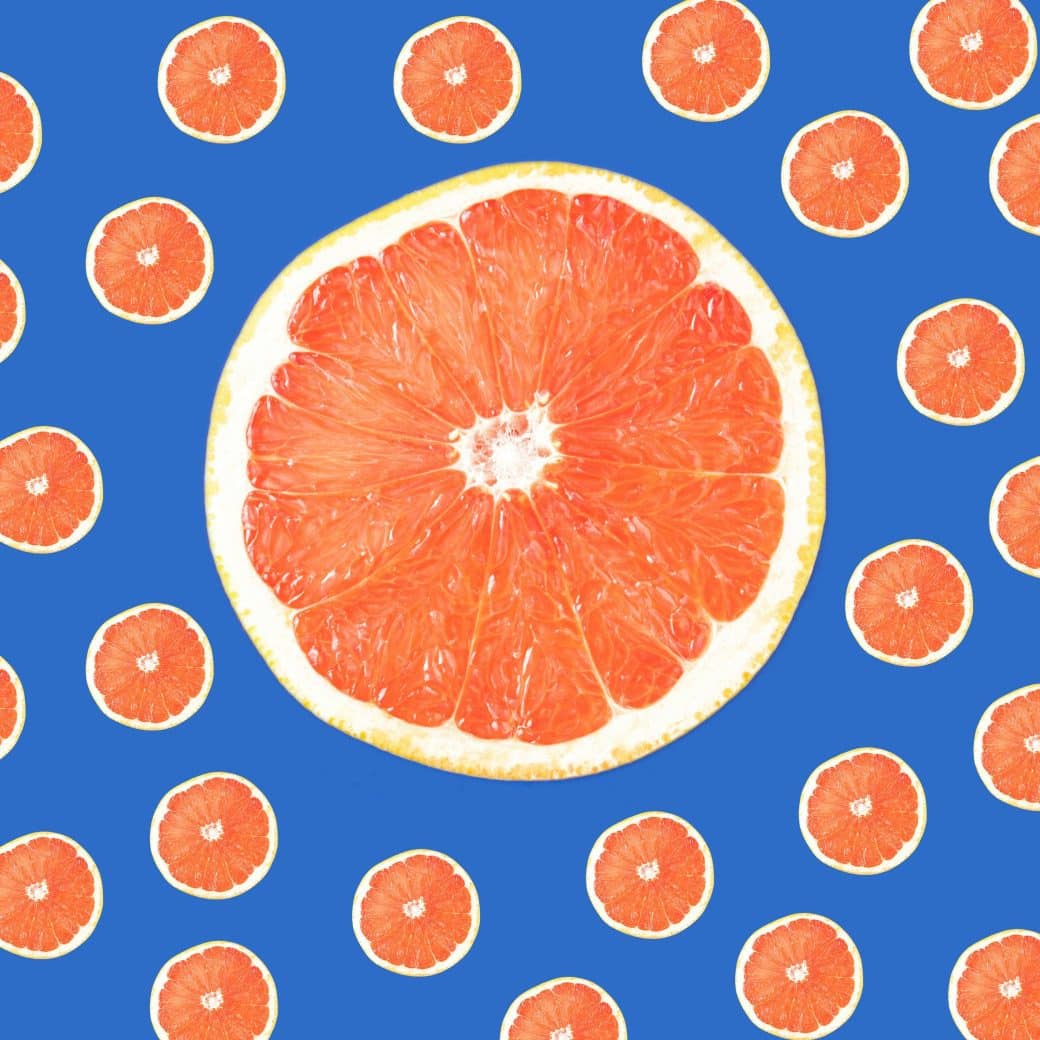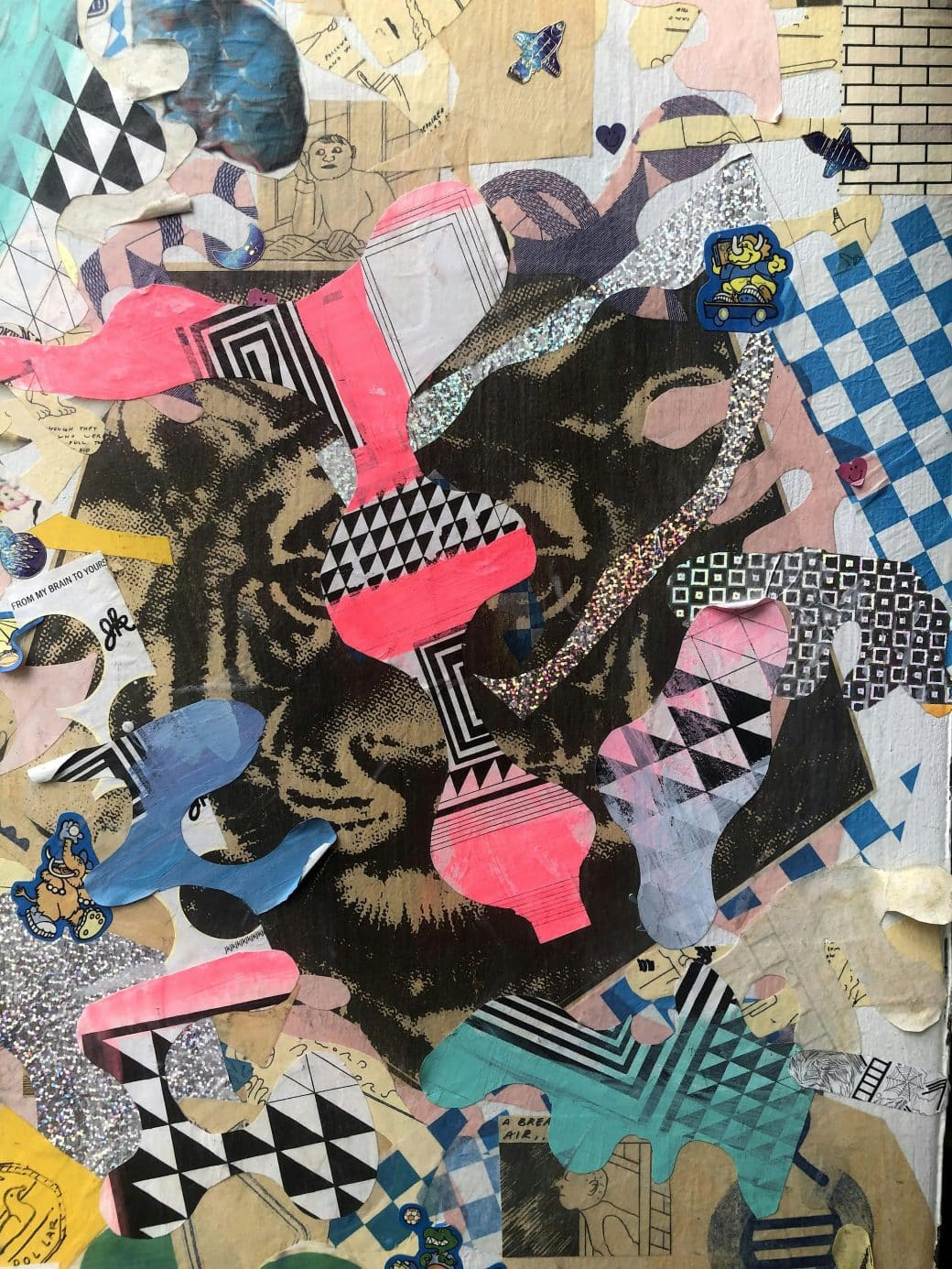Embarking on a journey to reveal the fascinating world of selling collage art pieces, I’ve discovered a treasure trove of insights and strategies that have completely transformed my understanding of artistry and commerce. Crafting collages has always been a passion of mine, an intricate dance of textures, colors, and stories. But turning this passion into a thriving enterprise? That’s been a thrilling adventure on its own. From uncovering the secrets behind pricing and marketing to connecting with art enthusiasts who see the world in layers and stories as I do, sharing my journey opens up a vibrant discussion on the intersection of creativity and business in the art world.

Understanding Collage Art
Collage art has always fascinated me with its ability to blend various elements into something entirely new and unexpected. Let’s delve into what makes collage art so unique and explore its history, prominent artists, and diverse styles.
Basics of collage art
Collage art is essentially about assembling different forms, such as paper, photographs, fabric, and other ephemera, into a new, cohesive work. I’ve found that the beauty of collage is in its versatility and the limitless possibilities it offers. It’s a form of expression that allows for a high degree of creativity, as you can mix materials, textures, and mediums that might not traditionally go together.
History and evolution of collage art
The history of collage art is as fascinating as the art form itself. Though the technique has been around for centuries, it gained prominence as a modern art form in the early 20th century. Artists like Pablo Picasso and Georges Braque began incorporating pieces of newspapers and other found objects into their paintings, challenging traditional notions of art. Since then, collage art has evolved alongside art movements, adapting and embracing new materials and themes.
Prominent collage artists to know
When I dive into collage art, I’m inspired by a range of artists known for their innovative approaches. Hannah Höch and Romare Bearden, with their politically and socially charged pieces, have significantly influenced how I view the potential of collage art to communicate powerful messages. Their work showcases the depth and complexity that can be achieved with this medium.
Different styles and themes in collage art
Collage art is incredibly diverse, with styles ranging from abstract and surreal to more narrative and representational works. I’ve experimented with various themes, drawing inspiration from personal experiences, societal observations, and natural landscapes. The beauty of collage is that it can convey complex themes through the juxtaposition and layering of different elements, making it a profoundly expressive form of art.
Creating Captivating Collage Art Pieces
Creating collage art is an adventure in itself. It involves not just skill and technique, but also a keen eye for materials and a vivid imagination. Let’s explore the steps and considerations for crafting captivating collage art pieces.
Gathering materials and tools
My journey into collage art begins with collecting an array of materials – from magazines and photographs to fabric scraps and found objects. I keep my tools simple, with scissors, glue, and a sturdy base for the collage being my essentials. Over time, I’ve learned that almost anything can become part of a collage, making each piece truly unique.
Finding inspiration
Inspiration for my collage art comes from everywhere: a line from a poem, the texture of a leaf, or a conversation overheard in a café. I’ve found that keeping an open mind and a keen sense of observation helps me gather ideas for my pieces. I also draw inspiration from other artists and historical movements, which provide a rich tapestry of visual and conceptual elements to explore.
Developing a personal style
Developing a personal style in collage art has been an ongoing process for me. It involves experimenting with different materials, techniques, and themes to discover what resonates most. I’ve found my voice by focusing on the narratives I want to communicate and the emotions I aim to evoke, allowing my style to naturally evolve over time.
Creating cohesive themes
For a collage to be impactful, it’s crucial to have a cohesive theme that ties the piece together. I spend time contemplating the message I want to convey and how each element of the collage will contribute to this narrative. This intentional approach ensures that my artwork is not only visually appealing but also meaningful.
Incorporating texture and depth
Texture and depth are what transform a good collage into a great one. I love layering materials of different thicknesses and textures, playing with shadows and light to add dimensionality. This attention to detail creates a dynamic piece that invites viewers to look closer and discover the intricacies of the work.
Perfecting Your Collage Art
As with any art form, perfecting collage art requires practice, feedback, and a willingness to explore new avenues. Here are some ways I’ve worked on refining my collage techniques.
Practicing different techniques
I make it a point to regularly practice different collage techniques, from cut-and-paste to more intricate layering and texturing methods. This practice allows me to continuously improve my craftsmanship and discover new ways of expressing my ideas.
Taking art classes and workshops
Participating in art classes and workshops has been invaluable for my growth as a collage artist. These experiences offer fresh perspectives, introduce me to new techniques, and connect me with a community of artists. Learning from others has enriched my artwork in unexpected ways.
Seeking critique and feedback
Critique and feedback are essential for artistic development. I frequently share my work with other artists and art enthusiasts, inviting their insights. This constructive feedback helps me see my work through others’ eyes, uncovering areas for improvement and refinement.
Exploring digital collage
Recently, I’ve started exploring digital collage, which opens up a whole new realm of possibilities. Digital tools allow for greater experimentation with colors, textures, and composition. This exploration has been an exciting extension of my traditional collage work, challenging me to think differently about my creative process.

Photographing Your Artwork
Capturing the true essence of collage art through photography is crucial, especially when sharing or selling your work. Here’s how I approach photographing my artwork.
Basics of art photography
Good art photography starts with understanding the basics: proper lighting, stable framing, and the right camera settings. I’ve learned to use natural light to my advantage, photographing my work during the day to capture the true colors and textures of the materials.
Lighting and angle considerations
Lighting and angle can significantly impact how a piece of collage art is perceived. I experiment with different angles to highlight the depth and texture of my work, ensuring the lighting is even and shadows are minimized. This careful consideration makes all the difference in showcasing the artwork as intended.
Editing images of your artwork
Editing is the final step in preparing images of my artwork for the world. I use editing software to adjust exposure, contrast, and saturation, making sure the digital image closely matches the original piece. However, it’s important to keep editing minimal to maintain the authenticity of the artwork.
Creating an Attractive Portfolio
An artist’s portfolio is a curated collection of their best work, serving as a critical tool for showcasing their artistry and gaining exposure. Here’s how I’ve approached creating my portfolio.
Selecting your best artwork
The key to an attractive portfolio is selection. I carefully choose pieces that not only demonstrate my skills and range but also tell a coherent story about my artistic journey. This thoughtful selection process ensures that my portfolio accurately reflects my voice and vision.
Creating digital and physical portfolios
Maintaining both digital and physical portfolios allows me to reach a wider audience and cater to different preferences. My digital portfolio is easily accessible and shareable, while my physical portfolio is invaluable for in-person meetings and exhibitions. Each format is curated to present my work in the best light possible.
Writing engaging descriptions
For each piece in my portfolio, I write engaging descriptions that provide context and insight into my creative process. These narratives help viewers connect with my work on a deeper level, enhancing their appreciation and understanding of my art.
Updating your portfolio regularly
Artistic growth means my portfolio is always evolving. I regularly update it with new works, removing older pieces that no longer represent my current level of skill or artistic direction. This ensures that my portfolio remains fresh and accurately showcases my development as an artist.
Pricing Your Artwork
Pricing is one of the most challenging aspects of selling art. Here’s how I’ve navigated this complex process.
Researching the market
To price my work appropriately, I’ve spent considerable time researching the market, comparing prices of similar art pieces, and understanding the factors that influence art pricing. This research provides a solid foundation for setting competitive prices that reflect the value of my work.
Accounting for material and time costs
In pricing my collage art, I consider both the material costs and the time invested in creating each piece. This calculation ensures that I’m fairly compensated for my efforts while also making my art accessible to a broad audience.
Price adjustment with experience and recognition
As my skills improve and my work gains recognition, I periodically revisit my pricing structure. Adjusting prices to reflect my growing experience and the increased demand for my art is essential for sustaining my practice and supporting my growth as an artist.
Choosing the Right Selling Platform
Finding the best platform to sell your art can significantly impact your success. Here’s how I’ve approached this decision.
Comparing online marketplaces
Online marketplaces offer a convenient way to reach a global audience. I’ve compared various platforms, considering factors like audience size, fees, and the type of art typically sold. This comparison helped me choose a platform that aligns with my goals and target audience.
Pros and cons of physical art fairs and exhibits
Participating in art fairs and exhibits allows for direct engagement with potential buyers and provides valuable exposure. However, these venues also require a significant investment of time and resources. Weighing the pros and cons of physical venues has helped me make informed decisions about where to showcase my work.
Considering a personal website
A personal website offers the greatest control over how my art is presented and sold. While it requires more effort to drive traffic to the site, the ability to build a brand and connect directly with buyers makes it a worthwhile endeavor. I’ve found that a well-designed website can be a powerful tool for selling art and sharing my artistic journey.
Marketing Your Collage Art
Marketing is essential for reaching potential buyers and building an audience for your art. Here are some strategies I’ve found effective.
Embracing social media
Social media has been instrumental in promoting my collage art. Platforms like Instagram and Pinterest are particularly suited to visual art, allowing me to showcase my work and engage with a community of artists and art lovers. Consistent posting and interaction have helped me grow my online presence.
Participating in local art scene
Engaging with the local art scene through exhibitions, art walks, and community events has been rewarding. These interactions not only provide exposure but also foster collaborative opportunities and support from fellow artists. Being active in the local art community has significantly contributed to my growth as an artist.
Developing an email newsletter
An email newsletter has been a great way to keep my audience engaged and informed about my latest projects, exhibitions, and available pieces. This direct line of communication allows me to build deeper relationships with my supporters and keep them updated on my artistic journey.
Collaborating with other artists and influencers
Collaborating with other artists and influencers has opened up new avenues for exposure and creativity. These partnerships have allowed me to reach new audiences and explore exciting projects, enriching my practice and broadening my artistic network.
Interacting with Potential Buyers
Effective communication and professional interactions are key to building relationships with potential buyers. Here’s how I approach these interactions.
Communicating effectively
Clear and prompt communication is crucial when dealing with inquiries and potential sales. I ensure that I’m approachable and informative, providing all the necessary details about my art and the purchasing process. This professionalism helps build trust and confidence with potential buyers.
Handling negotiations professionally
Negotiations are part of selling art, and I approach them with openness and professionalism. I’m willing to discuss pricing and terms to find mutually beneficial arrangements, always respecting my work’s value and the buyer’s perspective.
Packaging and shipping your artwork safely
Ensuring that my artwork reaches its new home safely is a priority. I invest in quality packaging materials and carefully pack each piece, considering the best shipping options. Providing tracking information and following up with the buyer also adds a level of reassurance.
Preserving Your Artistic Integrity While Selling
Balancing the demands of the market with artistic integrity can be challenging. Here’s how I’ve navigated this balance.
Balancing creative freedom with market demand
While market trends can influence my work to some extent, I strive to remain true to my artistic vision. I believe that authentic expression is what ultimately resonates with audiences. Finding a balance between market demands and my creative instincts has been key to maintaining my artistic integrity.
Handling criticism and rejection
Criticism and rejection are part of the artistic journey. I view these experiences as opportunities for growth, learning to discern constructive feedback from mere opinion. Staying grounded in my personal vision while remaining open to growth has helped me navigate these challenges.
Staying true to your artistic vision while growing your business
As my collage art business grows, staying true to my artistic vision remains my guiding principle. While I consider market trends and feedback, I prioritize authenticity and creative exploration. This commitment to my vision not only fuels my artistic growth but also attracts buyers who appreciate my unique perspective.
In conclusion, selling collage art is a multifaceted endeavor, requiring creativity, perseverance, and strategic thinking. By understanding and embracing the complexities of this journey, I’ve been able to share my art with a wider audience while staying true to my artistic vision. Whether you’re an established artist or just beginning to explore the collage art world, remember that your unique voice and vision are your greatest assets.



